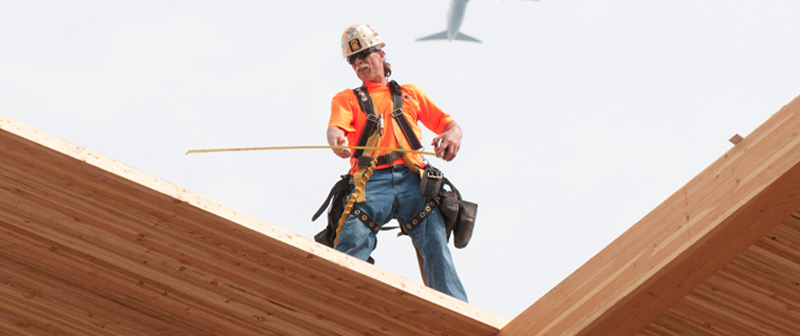CSWG has begun to assemble a library of case studies that demonstrate projects’ variety of approaches and lessons learned in climate-smart wood sourcing.
We encourage you to contribute your own project experiences to this library, please contact us to learn more. Additional in-depth information is available in the Knowledge Hub.
- Sourcing criteria adopted to optimize economic, social and environmental outcomes
- 3 tiers of acceptable traceability in wood supply & associated tolerance for cost premium
- 12 wood products: 12 sourced from regional forests; 6 from minority-owned business;7 from small businesses; 9 support ecological forest management.
- Complete supply chain mapping of Glulam and CLT
- Wood sourced from ecological forestry on Yakama Nation and Colville National Forest
- Local jobs and rural economies supported through logging and milling infrastructure
- 600,000 board feet of timbers segregated and directly tracked back to forest of origin (Disclosure Level 3)
- 5 million board feet of 2×8” lamstock traced to forest of origin through 3rd party credit disclosure (Disclosure Level 3)
- 400,000 board feet of 2×8” lamstock with simple log purchase disclosure from both vertically integrated and non-vertically integrated mills (Disclosure Level 3)
- 700,000 of mass plywood tracked back to forest of origin by landowner type (Disclosure Level 2)
- Wood sources include (but not limited to): 3 PNW Tribes and Tribal Nations, small family forests, and non-profits like the Nature Conservancy
- Supply Chain Story & Map
- 5 Hour presentation on Sourcing Story and Transparency

